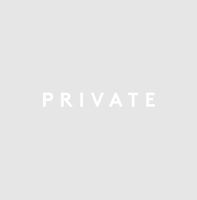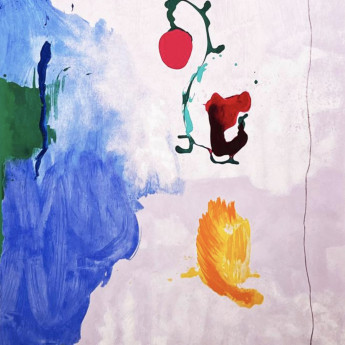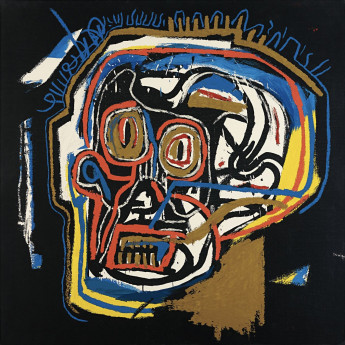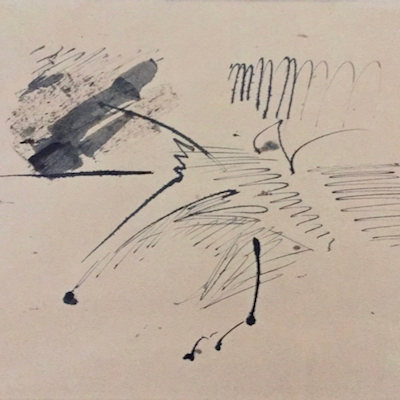
Details
Artist
Styles
Screenprint on wove paper - Signed and numbered in pencil, with studio blindstamp // Sam Francis’ Web (SFS-136) (1972) is a screenprint that captures his signature exploration of color and abstraction. This vibrant piece features splashes and drips of primary colors—red, yellow, and blue—scattered across a white background. The composition’s spontaneous arrangement of layered, overlapping hues gives it a dynamic, almost pulsating energy. Resembling cosmic clusters or interconnected webs, the shapes evoke both chaos and cohesion, drawing the viewer into a visual experience of controlled randomness. Printed on wove paper and signed with a studio blindstamp, this work exemplifies Francis’ ability to translate the essence of action painting into printmaking, offering a bold interplay of color and form.
Web (SFS-136), 1972
form
Medium
Size
105.4 x 135.9 cm
- Inches
- Centimeters
Edition
Price
- USD
- EUR
- GBP
Details
Artist
Styles
Screenprint on wove paper - Signed and numbered in pencil, with studio blindstamp // Sam Francis’ Web (SFS-136) (1972) is a screenprint that captures his signature exploration of color and abstraction. This vibrant piece features splashes and drips of primary colors—red, yellow, and blue—scattered across a white background. The composition’s spontaneous arrangement of layered, overlapping hues gives it a dynamic, almost pulsating energy. Resembling cosmic clusters or interconnected webs, the shapes evoke both chaos and cohesion, drawing the viewer into a visual experience of controlled randomness. Printed on wove paper and signed with a studio blindstamp, this work exemplifies Francis’ ability to translate the essence of action painting into printmaking, offering a bold interplay of color and form.
- Recently Added
- Price (low-high )
- Price (high-low )
- Year (low-high )
- Year (high-low )
Sam Francis
Untitled From 1 Cent Life Portfolio, 1964
Limited Edition Print
Lithograph
Currently Not Available
What is Art Informel?
Art Informel is a French term referring to the gestural and improvisational techniques common in abstract painting during the 1940s and 50s. It encompasses various styles that dominated these decades, characterized by informal, spontaneous methods. Artists used this term to describe approaches that moved away from traditional structures and embraced more expressive, unstructured techniques.




























